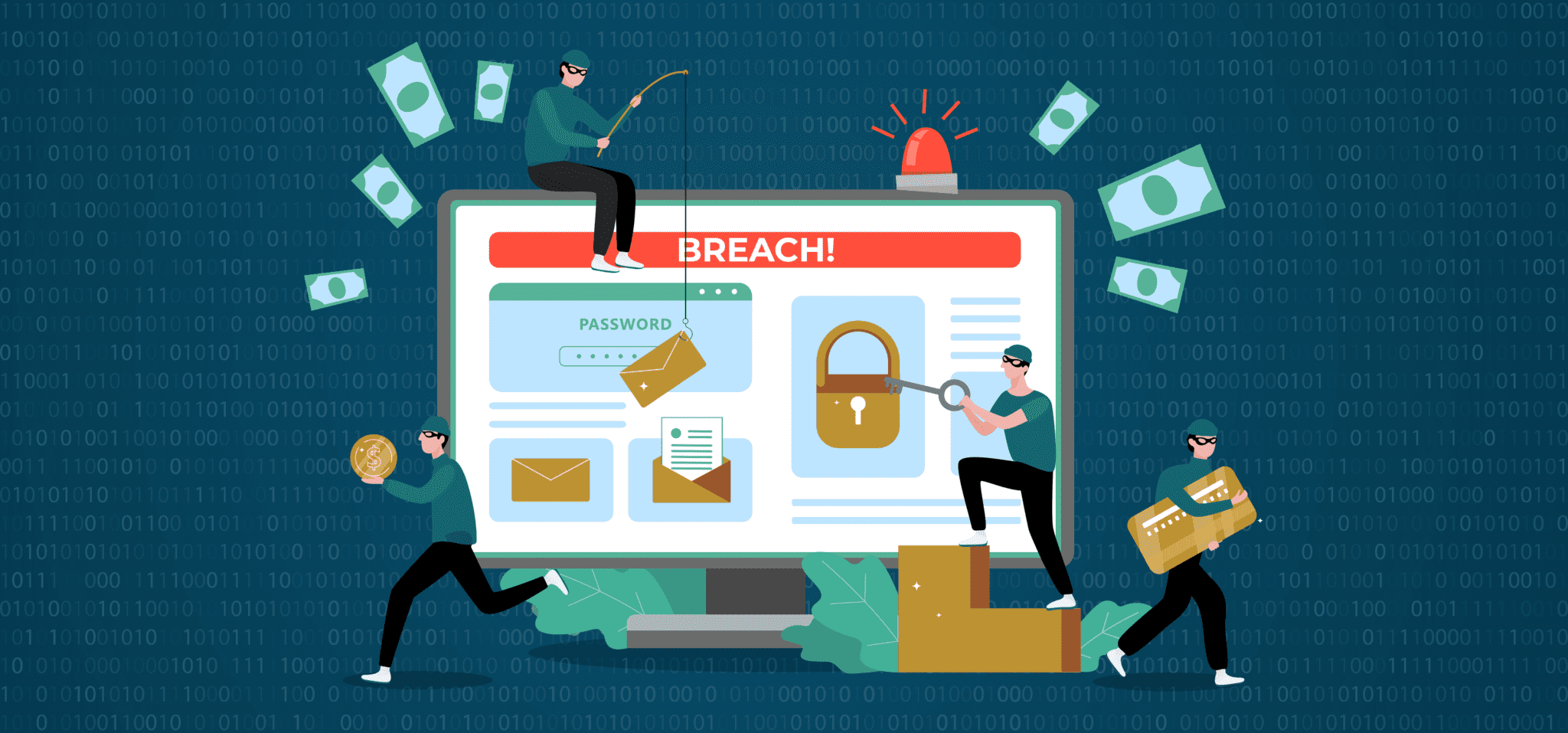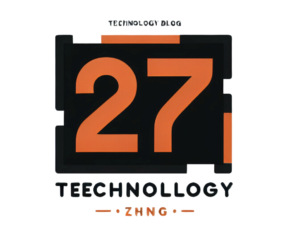
As technology evolves, so do the techniques employed by cybercriminals to breach data security. In 2024, staying ahead of these emerging threats requires a proactive and multifaceted approach to data breach prevention. This article will delve into the most effective data breach prevention techniques for 2024, offering practical advice on how to protect your organization and personal data from increasingly sophisticated attacks.
Understanding the Landscape of Data Breaches
Before diving into prevention techniques, it’s essential to grasp the current data breach landscape. In recent years, cyber threats have become more advanced and targeted. Attackers leverage a variety of methods, including phishing, ransomware, and advanced persistent threats (APTs), to exploit vulnerabilities. The 2024 data breach landscape emphasizes the need for robust security measures and a comprehensive understanding of potential threats.
1. Implementing Multi-Factor Authentication (MFA)
Multi-Factor Authentication (MFA) remains a cornerstone of effective data breach prevention. By requiring multiple forms of verification before granting access, MFA significantly reduces the likelihood of unauthorized access. In 2024, MFA continues to evolve with advancements in biometric technology, such as facial recognition and fingerprint scanning, providing an additional layer of security.
Best Practices:
- Use MFA for all critical systems and applications.
- Implement adaptive MFA that adjusts based on risk factors, such as login location or device.
2. Enhancing Endpoint Security
Endpoints, including computers, mobile devices, and IoT devices, are prime targets for cybercriminals. Enhancing endpoint security involves deploying advanced antivirus solutions, regularly updating software, and implementing endpoint detection and response (EDR) solutions.
Best Practices:
- Ensure all devices are running the latest security patches and updates.
- Use comprehensive EDR tools to monitor and respond to suspicious activity in real-time.
3. Conducting Regular Security Awareness Training
Human error remains one of the most significant vulnerabilities in data security. Regular security awareness training helps employees recognize and respond to potential threats, such as phishing emails and social engineering tactics. In 2024, training programs are incorporating simulated attacks and interactive scenarios to enhance effectiveness.
Best Practices:
- Schedule regular training sessions and assessments.
- Use real-life scenarios and interactive content to engage employees.
4. Implementing Advanced Threat Detection Systems
Advanced Threat Detection Systems (ATDS) use machine learning and artificial intelligence (AI) to identify and respond to anomalies that may indicate a breach. These systems can analyze vast amounts of data to detect patterns and potential threats that traditional methods might miss.
Best Practices:
- Invest in ATDS that integrates with your existing security infrastructure.
- Regularly review and update detection algorithms to keep pace with evolving threats.
5. Encrypting Sensitive Data
Data encryption transforms readable data into an unreadable format, ensuring that even if data is intercepted, it remains protected. In 2024, encryption technologies are more advanced, offering robust protection for both data at rest and data in transit.
Best Practices:
- Use strong encryption algorithms and key management practices.
- Encrypt data across all storage systems and communication channels.
6. Performing Regular Vulnerability Assessments and Penetration Testing
Regular vulnerability assessments and penetration testing help identify and address security weaknesses before they can be exploited by attackers. In 2024, these assessments are increasingly automated, providing more frequent and comprehensive insights into potential vulnerabilities.
Best Practices:
- Schedule regular vulnerability scans and penetration tests.
- Address identified vulnerabilities promptly and monitor for any new threats.
7. Implementing Zero Trust Architecture
Zero Trust Architecture (ZTA) operates on the principle of “never trust, always verify.” This approach requires continuous verification of user identities and device health, regardless of whether the user is inside or outside the corporate network.
Best Practices:
- Implement strict access controls and verify every request for access.
- Continuously monitor network traffic and user behavior for anomalies.
8. Securing Cloud Environments
As more organizations move to cloud environments, securing these platforms becomes increasingly crucial. Cloud security involves configuring settings properly, using encryption, and ensuring that cloud service providers adhere to stringent security standards.
Best Practices:
- Use cloud security tools and services provided by your cloud provider.
- Regularly review and update cloud security settings and access controls.
9. Developing an Incident Response Plan
An effective incident response plan ensures that your organization can quickly and efficiently respond to a data breach. This plan should include clear procedures for identifying, containing, and mitigating breaches, as well as communication strategies for notifying stakeholders.
Best Practices:
- Develop and regularly update your incident response plan.
- Conduct regular drills to test and refine your response procedures.
10. Maintaining Comprehensive Backup Solutions
Regularly backing up data ensures that you can recover quickly in the event of a breach or other data loss incident. In 2024, backup solutions have become more sophisticated, offering real-time synchronization and cloud-based options for increased resilience.
Best Practices:
- Implement automated and regular backups of critical data.
- Test backup and recovery procedures to ensure they work as intended.
Conclusion
As data breach techniques continue to evolve, so too must our strategies for preventing them. By implementing these effective data breach prevention techniques for 2024, organizations and individuals can stay ahead of emerging threats and safeguard their sensitive information. Emphasizing a multi-layered approach that includes advanced technologies, regular training, and robust policies will provide the best defense against the ever-changing landscape of cyber threats.









